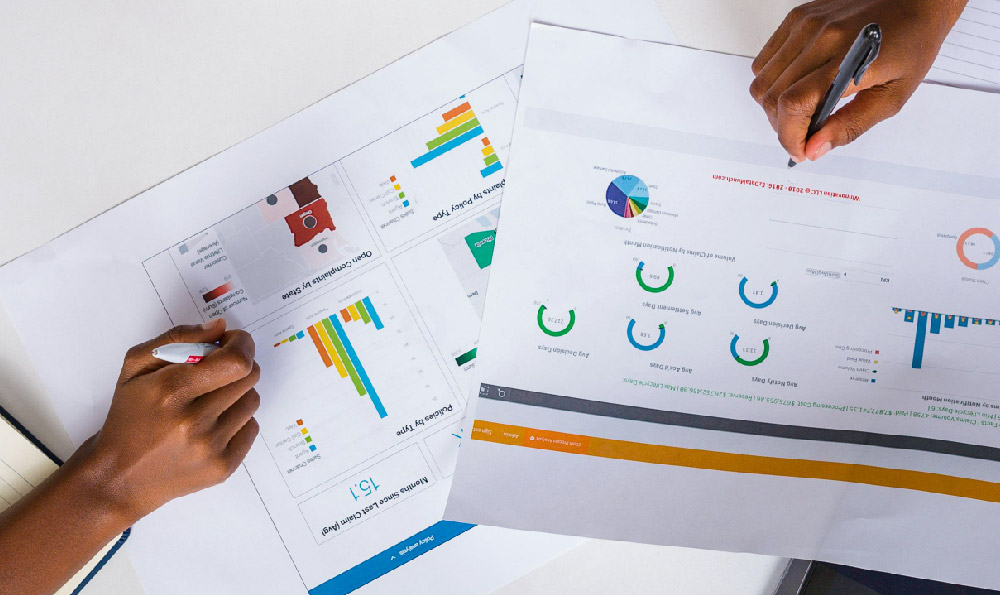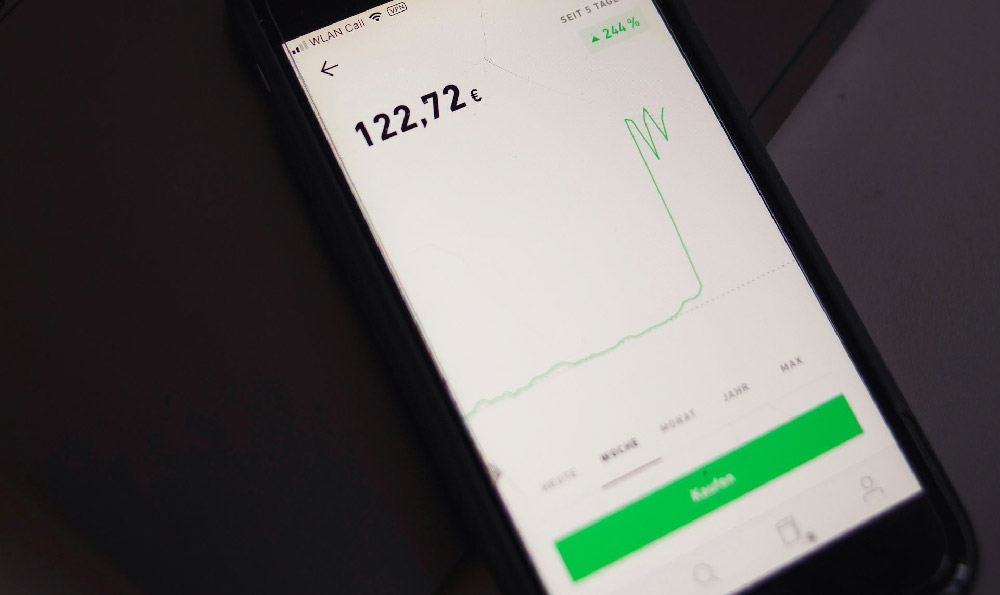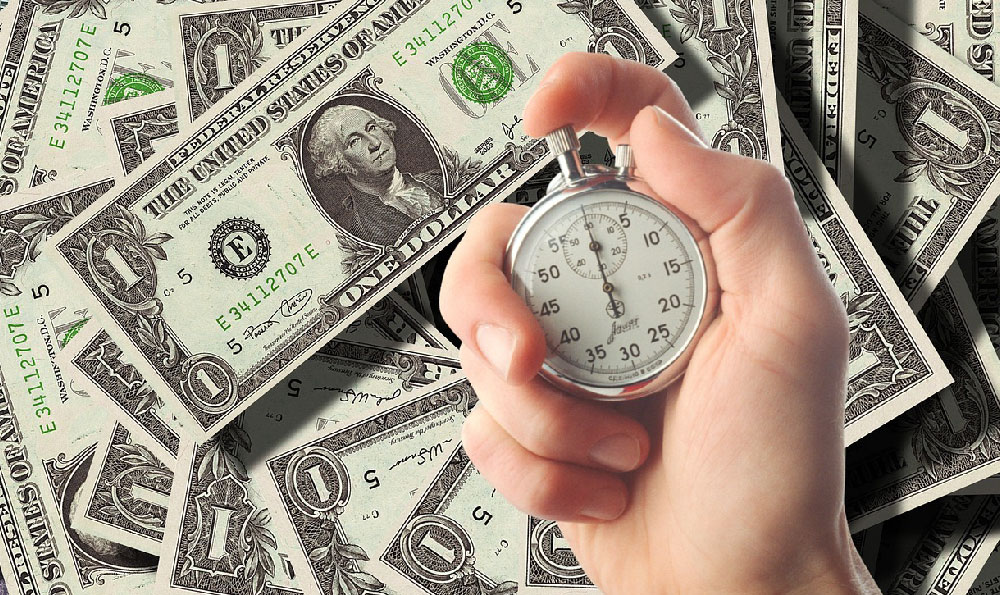Navigating the world of YouTube monetization can feel like deciphering a complex code. Many aspiring creators dream of turning their passion into a profitable venture, but understanding the exact requirements and potential earnings is crucial for setting realistic expectations and strategizing effectively. The path to YouTube monetization isn't simply about amassing a large following; it's about meeting specific criteria set by YouTube and, more importantly, building a valuable and engaged community.
To officially become a YouTube Partner Program (YPP) member and unlock monetization features, you need to meet several key thresholds. The most well-known is the 1,000 subscriber requirement. This serves as a baseline indicator of genuine interest in your content. It signals to YouTube that you've attracted a sizable audience, suggesting that your channel has potential for growth and is more likely to generate views, which are directly linked to ad revenue. However, subscriber count is only one piece of the puzzle.
Beyond the subscriber count, you also need to accumulate 4,000 valid public watch hours within the past 12 months. This requirement focuses on the actual viewing time your content receives. It's not enough to have subscribers; they need to actively watch your videos. This policy incentivizes creators to produce engaging and compelling content that keeps viewers hooked for extended periods. Videos that are short, uninteresting, or lack production quality are less likely to contribute significantly to your watch hours.

Meeting these initial benchmarks is merely the first step. YouTube also requires you to adhere to its strict monetization policies and community guidelines. These guidelines cover a wide range of topics, including copyright infringement, hate speech, violence, and sexually suggestive content. Violating these policies can result in demonetization, account suspension, or even permanent channel termination. Therefore, understanding and complying with these rules is paramount for maintaining your monetization status.
Furthermore, you need to have an AdSense account linked to your YouTube channel. AdSense is Google's advertising program that manages the ad inventory and facilitates payments to creators. You need to ensure your AdSense account is in good standing and complies with Google's AdSense policies. This includes avoiding click fraud, ensuring your website (if applicable) adheres to AdSense guidelines, and providing accurate payment information.
Now, let's delve into the question of how much you can potentially earn. There's no one-size-fits-all answer, as earnings vary drastically based on several factors. These factors include your niche, audience demographics, ad formats, and seasonality. Certain niches, such as finance, technology, and business, typically command higher CPMs (cost per mille, or cost per thousand impressions) because advertisers are willing to pay more to reach audiences interested in these topics.
The location of your audience also significantly impacts your earnings. CPMs tend to be higher in countries like the United States, Canada, the United Kingdom, and Australia compared to countries with lower average incomes. This is because advertisers are willing to pay more to reach audiences with greater purchasing power.
The types of ads displayed on your videos also influence your revenue. Skippable video ads, non-skippable video ads, display ads, overlay ads, and sponsored cards all have different CPMs. Creators can experiment with different ad formats to optimize their revenue based on their audience's preferences.
Finally, seasonality can play a role in your earnings. Ad spending often increases during holidays and major shopping events like Black Friday and Cyber Monday. Creators who produce content related to these events may experience a surge in revenue during these periods.
To give you a general idea, many YouTubers report earning anywhere from $1 to $5 per 1,000 views. However, this is a very broad range, and your actual earnings could be higher or lower depending on the factors mentioned above. It's also important to remember that YouTube takes a cut of the ad revenue, typically around 45%.
Beyond ad revenue, there are other ways to monetize your YouTube channel. These include channel memberships, merchandise shelves, super chat and super stickers (during live streams), and YouTube Premium revenue. Channel memberships allow viewers to pay a recurring fee to access exclusive content, such as behind-the-scenes videos, early access to new videos, and custom badges. Merchandise shelves enable you to sell branded merchandise directly from your YouTube channel. Super chat and super stickers allow viewers to purchase highlighted messages in live stream chats, giving them greater visibility and interaction with the creator. YouTube Premium revenue is generated when YouTube Premium subscribers watch your videos.
Building a successful and monetizable YouTube channel requires more than just meeting the minimum requirements. It involves creating high-quality content that resonates with your target audience, consistently uploading new videos, engaging with your viewers, and promoting your channel across other platforms. It also requires a strong understanding of YouTube analytics, which provides valuable insights into your audience's behavior, video performance, and revenue trends. Analyzing this data allows you to optimize your content strategy, improve your video titles and thumbnails, and target the right keywords to attract more viewers.
In conclusion, while reaching 1,000 subscribers and 4,000 watch hours is a crucial milestone, it's only the beginning of your YouTube monetization journey. Building a sustainable and profitable channel requires a long-term commitment, a strategic approach, and a deep understanding of your audience and the YouTube platform. By focusing on creating valuable content, building a strong community, and diversifying your monetization strategies, you can increase your chances of achieving your financial goals on YouTube. Remember to always stay informed about the latest YouTube policies and trends, and never compromise on ethical practices to boost your earnings. Authenticity and transparency are key to building trust with your audience and creating a lasting impact on the platform.











